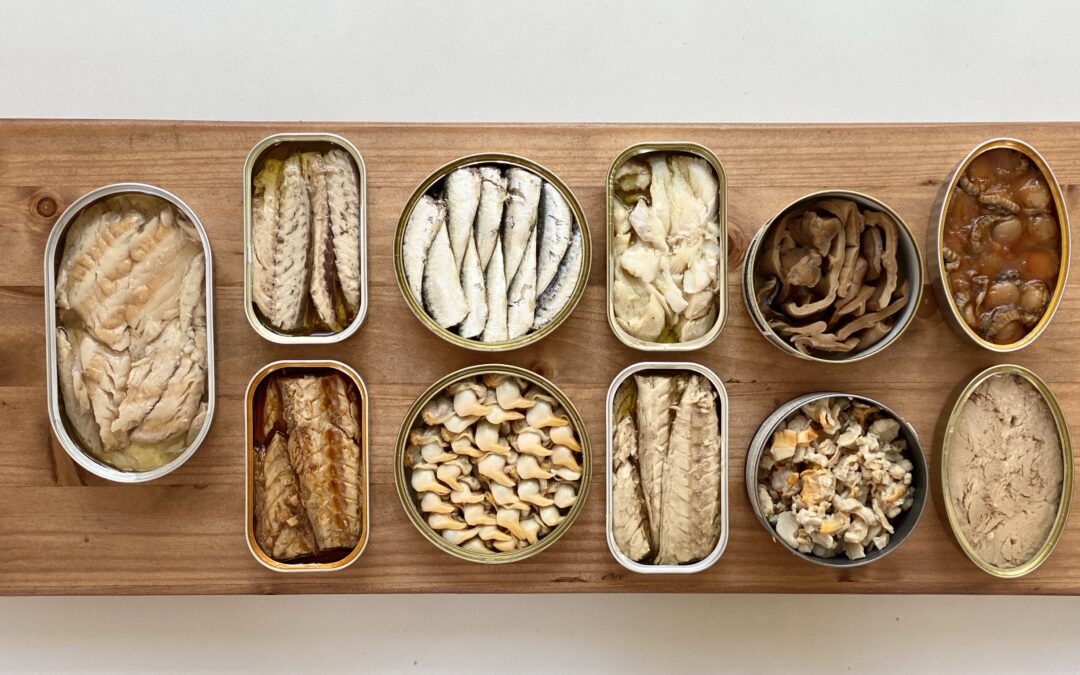For quite some time, the traditional foods we consider “pantry items” – goods we keep on hand in the freezer, refrigerator, and cabinet – have been in need of a big update. For the sake of both human health and ocean health, it is time for us to get a taste of the sea. No longer should seafood be reserved solely for special occasions; it deserves to be on our tables in regular, day-to-day meals.
If we stock our fridge, freezer, and cabinets with sustainable seafoods, seaweeds, and sea vegetables, we can expand our palates, boost our health, and protect the planet at the same time. When we have these “Blue Foods” on hand, they’re ready for us to cook anytime and day of the week!
Why Build a Sea Pantry?
Sustainable seafoods are nutritional powerhouses! They provide a variety of vitamins, minerals, and omega-3 fatty acids, which are important nutrients for supporting heart health. According to the Food and Drug Administration (FDA) and Environmental Protection Agency (EPA), eating seafood is especially important for pregnant or nursing women and moms with young children, as it also helps brain growth and supports cognitive development.
Foods from the ocean – when caught or farmed sustainably – also bring benefits to the environment. Sustainably-sourced fish can have a much lower carbon footprint and use less resources than other land-based protein options. Seaweed can sequester carbon, help in combating global warming, and filter sea water, while shellfish like oysters filter 52% of the water they live in on a daily basis!
By keeping an eye out for items marked with labels from the Marine Stewardship Council (MSC) and the Aquaculture Stewardship Council (ASC), you’ll be able to find seafoods that protect vulnerable ocean resources and do not contribute to harmful environmental issues like climate change, bycatch, and overfishing.
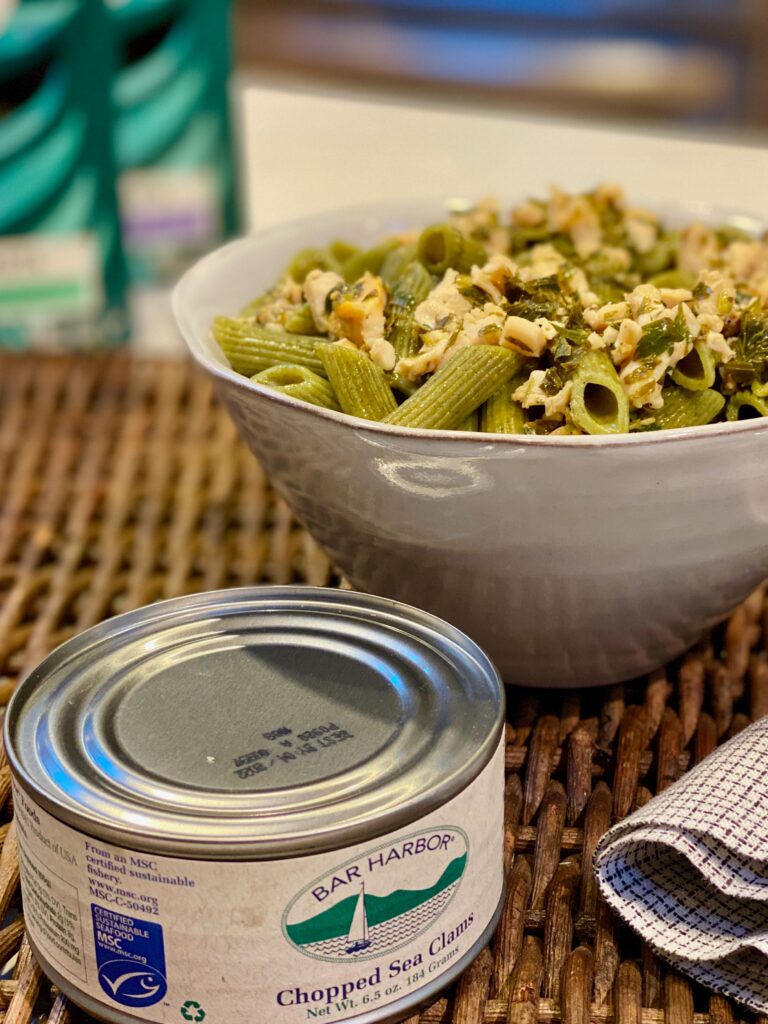
The Refrigerated Sea Pantry
When it comes to the fridge, smoked fish, seafood dips, and pasteurized crab (which can be added to dishes like warmed corn tortillas, omelettes, and soups or even served with crackers or bread) are fantastic options. If you’re buying a fresh fish, always look for the MSC label displayed on the fish case or ask your fishmonger. I love buying fresh tuna steaks and making these “Yellowfin Tuna Skewers with Curry Sauce and Maple Glazed Butternut Squash.”
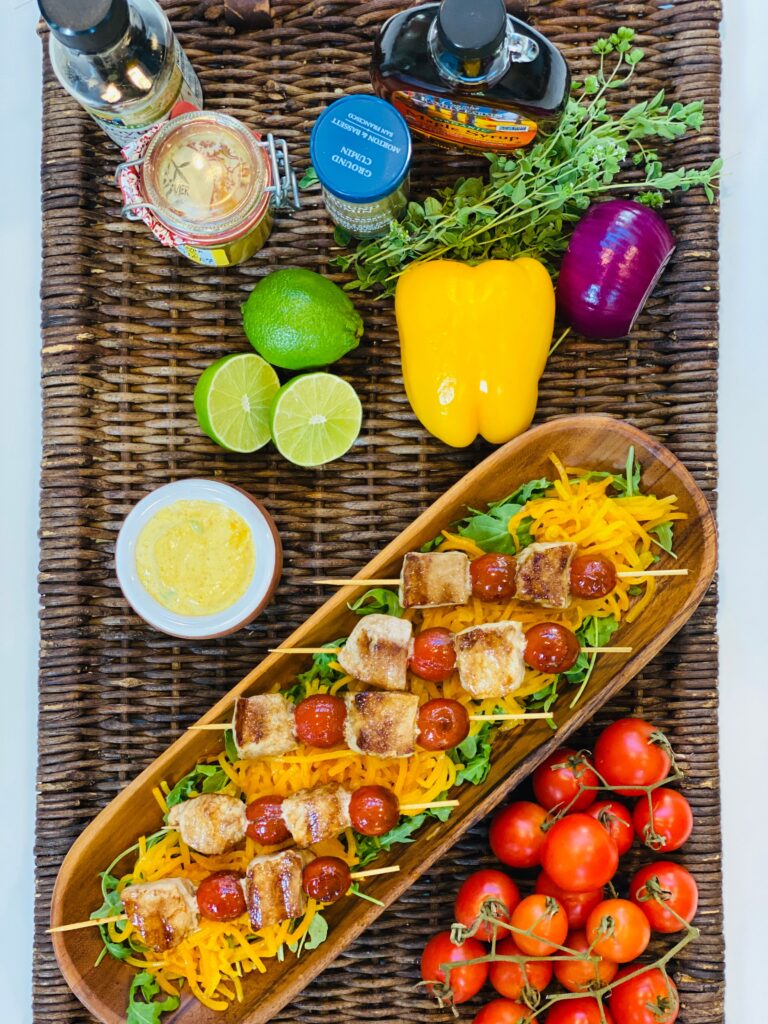
The Frozen Sea Pantry
“Frozen” is the new “fresh”! Best-in-class freezing techniques mean that it’s nearly impossible to tell the difference between fresh and frozen seafood. Plus, seafood is frozen at its peak, so you get optimal “freshness.” Try this “Provencal Style Cod with Cannellini Beans and Tomato” – the cod is from Norway’s Arctic Cod Fishery, which is MSC certified!
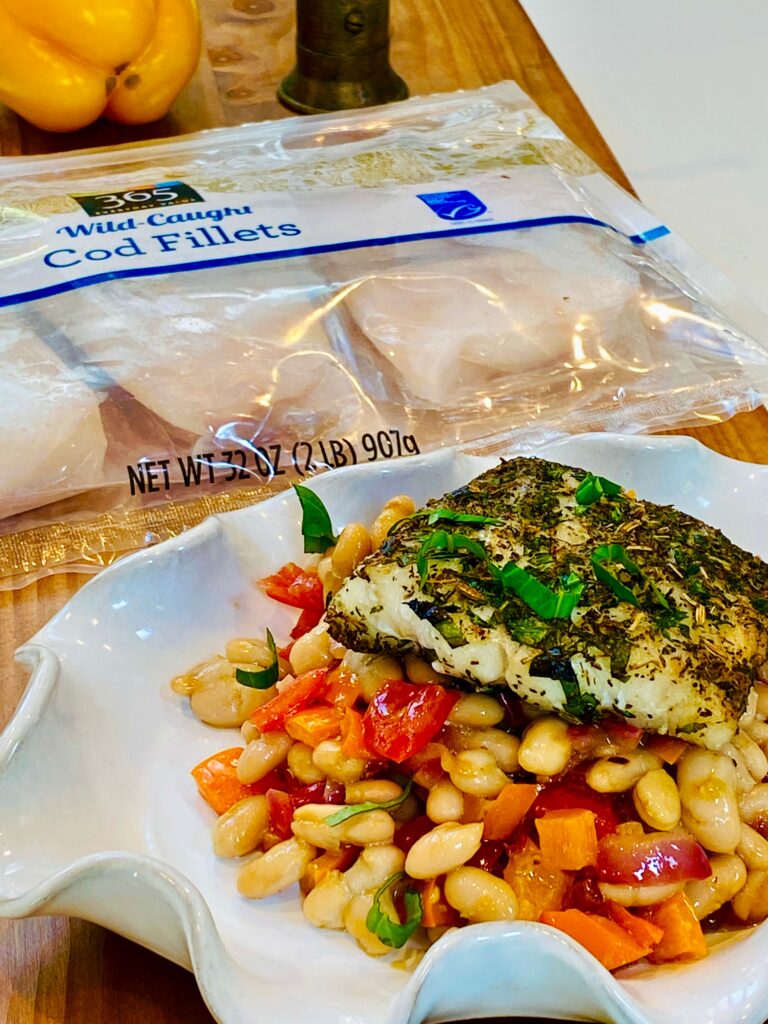
If you’re a salmon fan, I recommend this Cedar Planked Salmon, made with Kvaroy Arctic’s Fair Trade Certified fish, which you can buy frozen from Amazon.
The Shelf Stable Sea Pantry
Tinned, canned, and jarred seafoods are amazing staples. They have nothing to hide in terms of artificial ingredients or additives – they’re just delicious and ready at a moment’s notice. Plus, the seafoods inside were preserved at their peak, so it’s like opening up a yummy time capsule. I especially like to keep canned clams and dry seaweed pasta in the pantry for a “Seaweed Pasta with White Clam Sauce & Parsley” dinner that can be on the table in minutes.
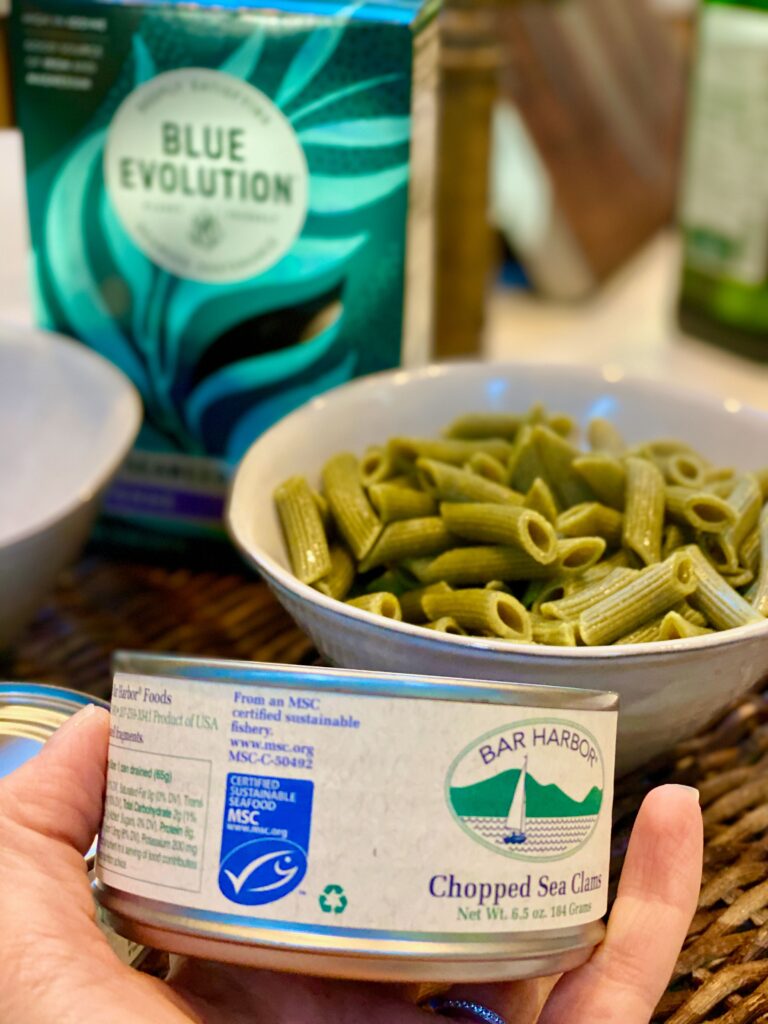
I’ve also fallen in love with newer tinned seafood companies that have joined the scene like Scout Canning and Fishwife. And we cannot talk about the Sea Pantry without exploring some of the umami-rich seaweeds from companies like Blue Evolution, Barnacle Foods, and Ocean’s Balance—just to name a few. I made these delicious Native American Baked Beans using Ocean’s Balance kombu, and it is one of my favorite recipes.
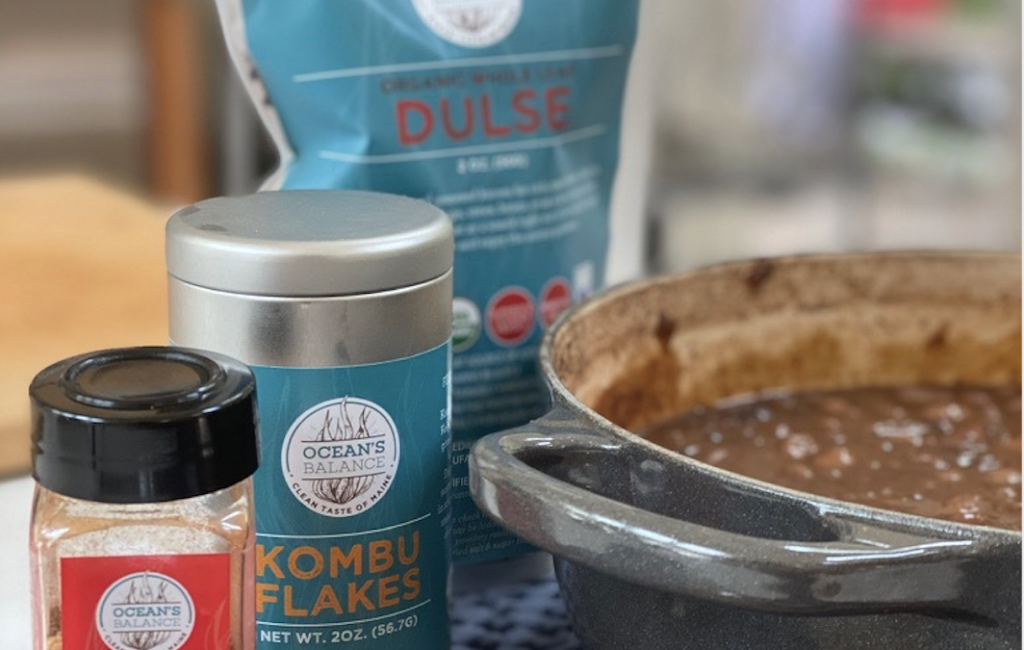
For more inspiration, take a look at my Sea Pantry list – a treasure trove of beautiful, sustainable seafoods and kelps that support healthy living and healthy oceans!

